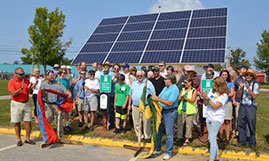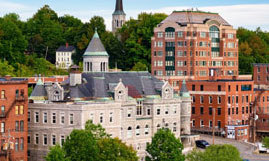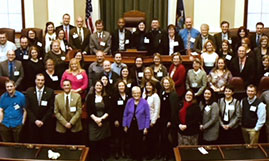Measures of Growth Indicator in Action: Racial Income Equity
Racial Income Equity is one of the 31 key economic indicators featured in the annual Measures of Growth Report. Each month this blog features a story that connects the data to real-life experience.
As Maine and the entire nation honor Black History Month, and in hopes that Mainers will continue to work towards a truly equitable and inclusive Maine economy every day of every month we are highlighting Racial Income Equity as the current Indicator in Action.
Maine history is rich with the economic, community, and cultural contributions of our Black brothers and sisters, among them Daniel and Marcia Minter, co-founders of Indigo Arts Alliance in Portland.
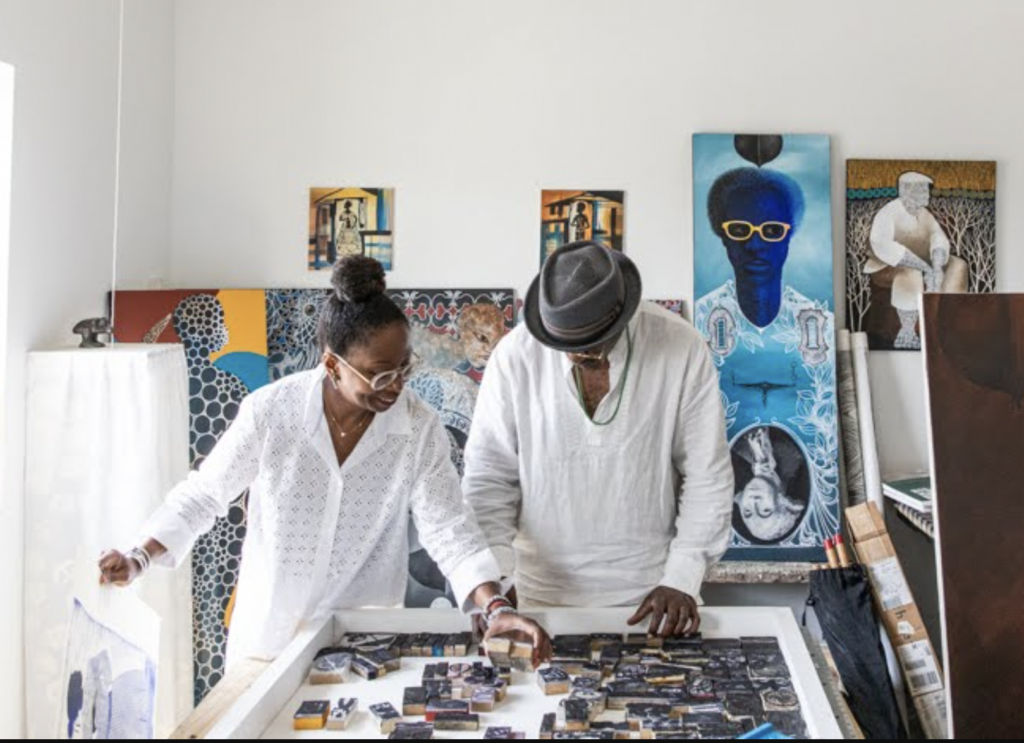
Indigo Arts Alliance started 34 years ago when Marcia and Daniel met. They shared a dream to create a space where artists of color could not only create work but be inspired by one another, share stories and build a global network that functioned as a support system across distances. Over the decades they have worked with multi-sector partners to establish a multiracial approach to the rich intersections of citizenship, community-building, and creativity. “Our work is in service to shifting historical injustices as a vital component of achieving equity for Black and Brown artists. We believe that artists are instrumental to doing the work of social justice in ways that are deeply grounded in lived experience and community.” – Indigo Arts Alliance website.
“The model we are creating is intended to foster the development, advancement and exposure of emerging and professional black artists with an open door to all people of color. We plan to establish an environment and community platform where established artists of color work in their practice, connect to other artists and to the local community in newly imagined ways. These artists will be inspired to apply for our artist residencies and will be motivated to use our dynamic platform to cultivate new collaborations, audiences and engagement practices and to give back by mentoring another artist of color, across generational divides.” – Marcia Minter, co-founder, Indigo Arts Alliance, Portland Press Herald 1-2-2019
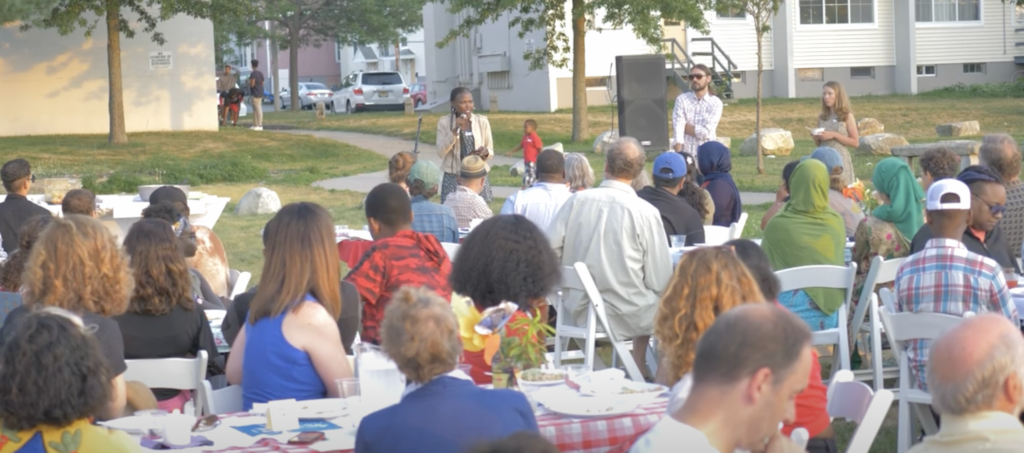
In 2019, the Alliance opened a new hybrid studio-community facility in Portland’s Bayside neighborhood. In the years since, it has become a community and economic cornerstone. IAA has hosted community events and public art installations like “The Welcome Table” and “Mother’s Garden and Welcome Feast” which bring together Mainers from diverse backgrounds to share cultural and lived experiences over food. Surrounded by art that inspired conversation and encouraged a better understanding of each other, attendees considered how collectively we can build a stronger Maine economy and culture.
Efforts to build and sustain such a culture and economy require ongoing broad, deep, and long-term systemic change. The independent, nonpartisan Maine Economic Growth Council, which MDF staffs and works with to produce the annual Measures of Growth Report, strongly believes that Maine will need the contributions of every resident to achieve a vibrant, sustainable economy. Increasing prosperity is not true progress unless it is equitably shared.
For example, as highlighted in the 2024 Measures of Growth Report, the average per capita income of BIPOC (Black, Indigenous, People of Color) and Latino or Hispanic Maine residents (about 9% of the population) was $29,588. This is 73% of the $40,669 average for white, non-Hispanic Mainers 2018-2022, dramatically short of full equity.
This stark racial/ethnic income disparity is similar to that found in New England and the United States. To counter it, Maine must improve access to training and education for residents of color, better support their communities and businesses, and address cultural biases and systemic disadvantages.
To dig into the data and how it intersects with Maine’s economy as a whole, click here for our Measures of Growth Report, and here for Racial Income Equity specifically.



